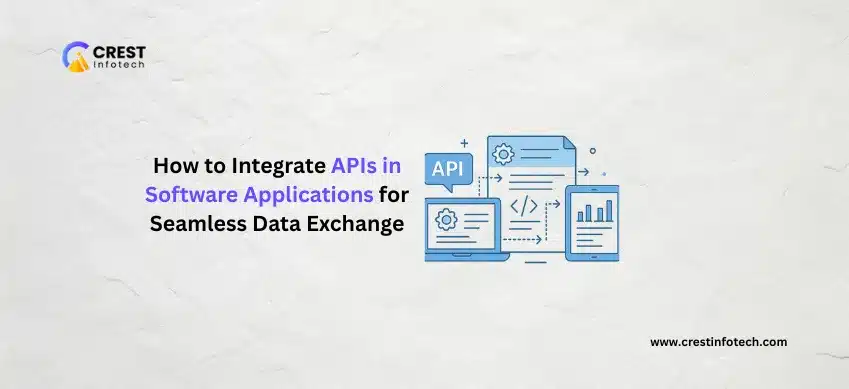APIs (Application Programming Interfaces) enable software systems to communicate and exchange data efficiently. Whether you’re connecting to third-party services or building internal integrations, mastering API integration is essential for modern development.
1. Understand the API You’re Working With
Before integration, it’s critical to understand the API’s structure and capabilities.
- Read the official documentation and usage examples
- Check authentication methods (API key, OAuth, JWT)
- Understand available endpoints, rate limits, and data formats (usually JSON or XML)
2. Choose the Right HTTP Methods
Most APIs follow RESTful principles using HTTP verbs.
- GET: Retrieve data from the server
- POST: Send data to create a new resource
- PUT/PATCH: Update existing data
- DELETE: Remove a resource
“Using the correct HTTP method improves code clarity and aligns with REST conventions.”
3. Handle Authentication Securely
APIs often require authentication to protect access.
- Use secure storage for API keys and tokens (e.g., environment variables)
- Implement OAuth2 when dealing with user-specific data
- Rotate keys and monitor usage for security and performance
4. Parse and Use API Responses
After sending a request, your application must process the response.
- Check status codes (200, 201, 400, 404, 500, etc.) for handling success or failure
- Parse JSON or XML responses to extract usable data
- Handle errors gracefully to avoid app crashes or silent failures
5. Make API Calls Efficiently
Efficient API integration improves performance and reliability.
- Use caching to reduce redundant requests (e.g., with Redis or browser cache)
- Debounce or throttle API calls in real-time applications
- Implement retry logic with exponential backoff for transient errors
“APIs are shared resources — use them responsibly to avoid hitting rate limits or degrading performance.”
6. Monitor and Maintain Integrations
API endpoints and behaviors can change over time.
- Track API versioning and update integrations as needed
- Log request/response data for debugging and analytics
- Set up monitoring and alerts for failures or response time issues
Final Thoughts
API integration is key to building connected, data-driven applications. By understanding authentication, structuring requests properly, and handling responses efficiently, you ensure smooth and secure communication between your software and external systems. Mastering API practices will unlock endless possibilities in modern development.



